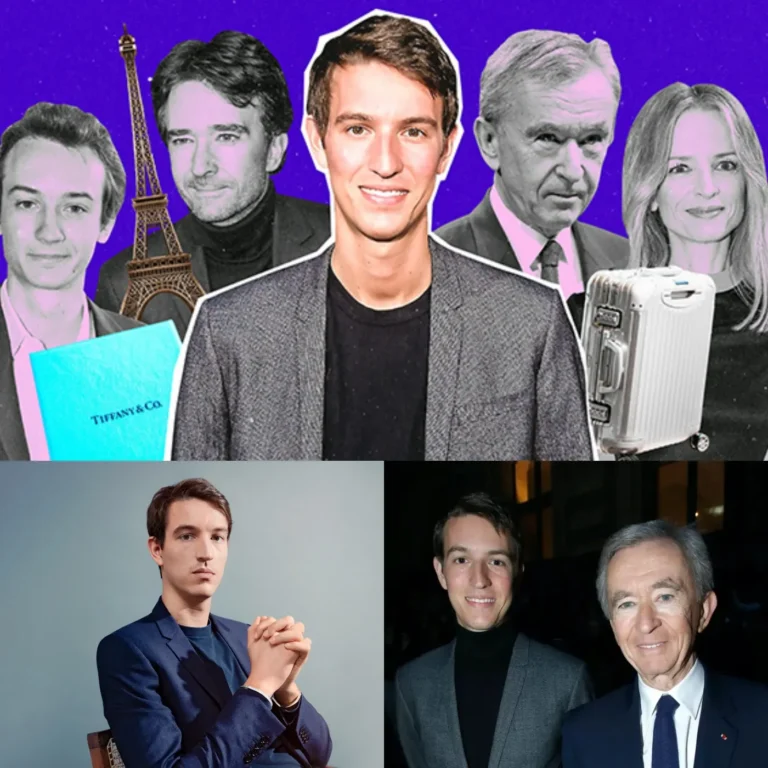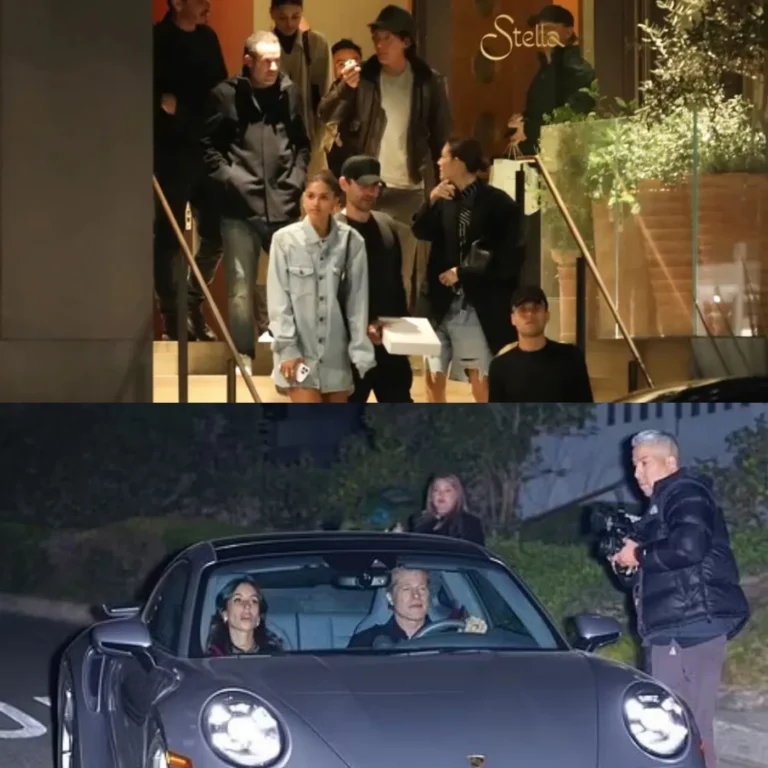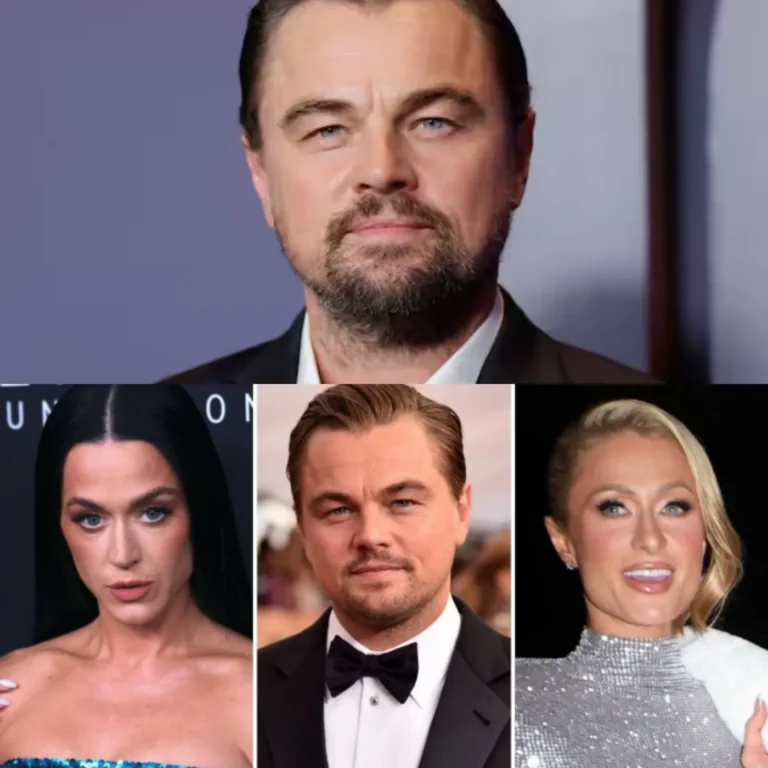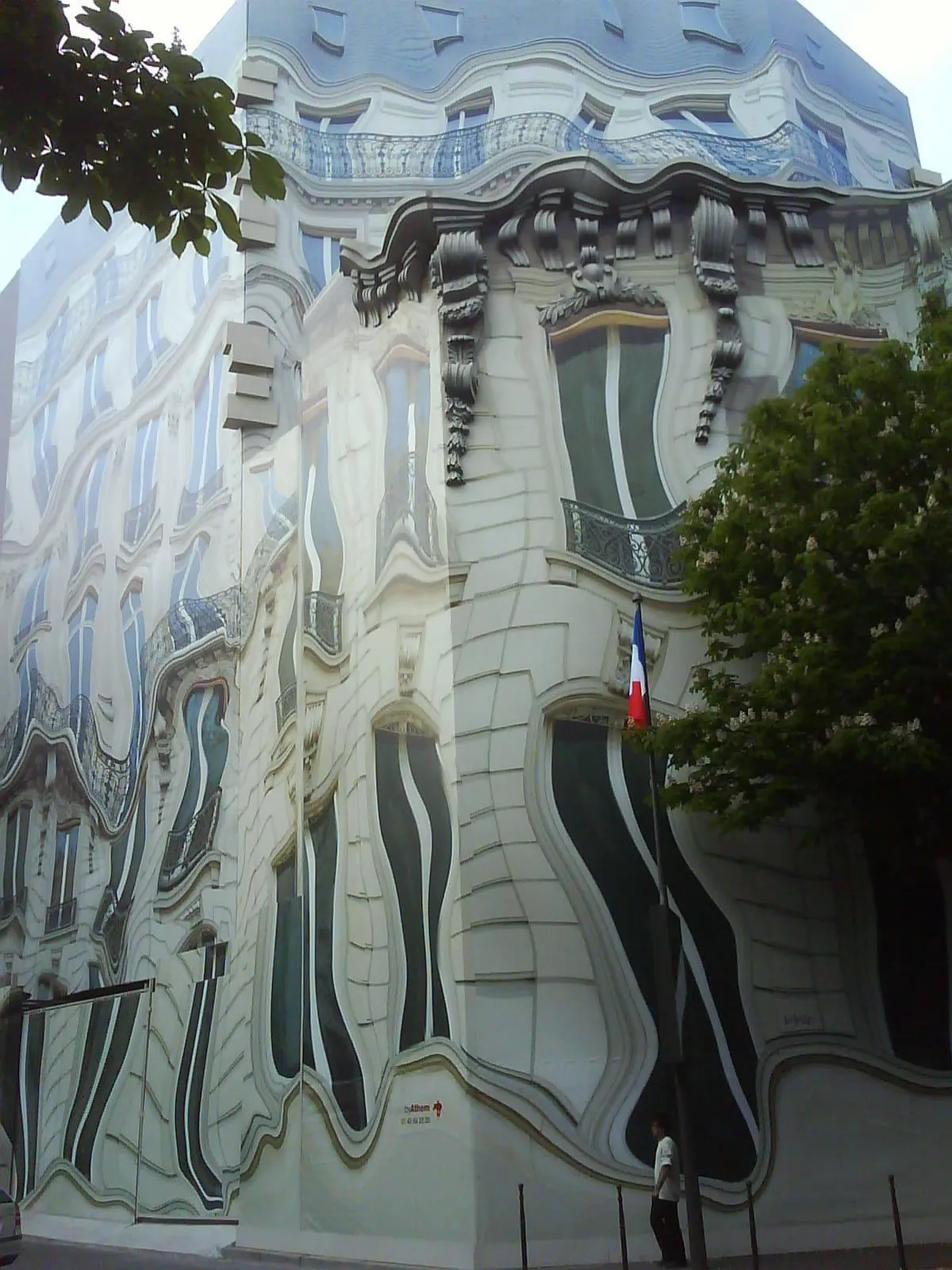
Japan’s AI strategy betrays anime artists
Japan’s creative minds have given the country immense global influence, with manga, anime, and other cultural exports captivating audiences worldwide. Yet, these very artists now face a significant threat from Tokyo’s AI strategy.
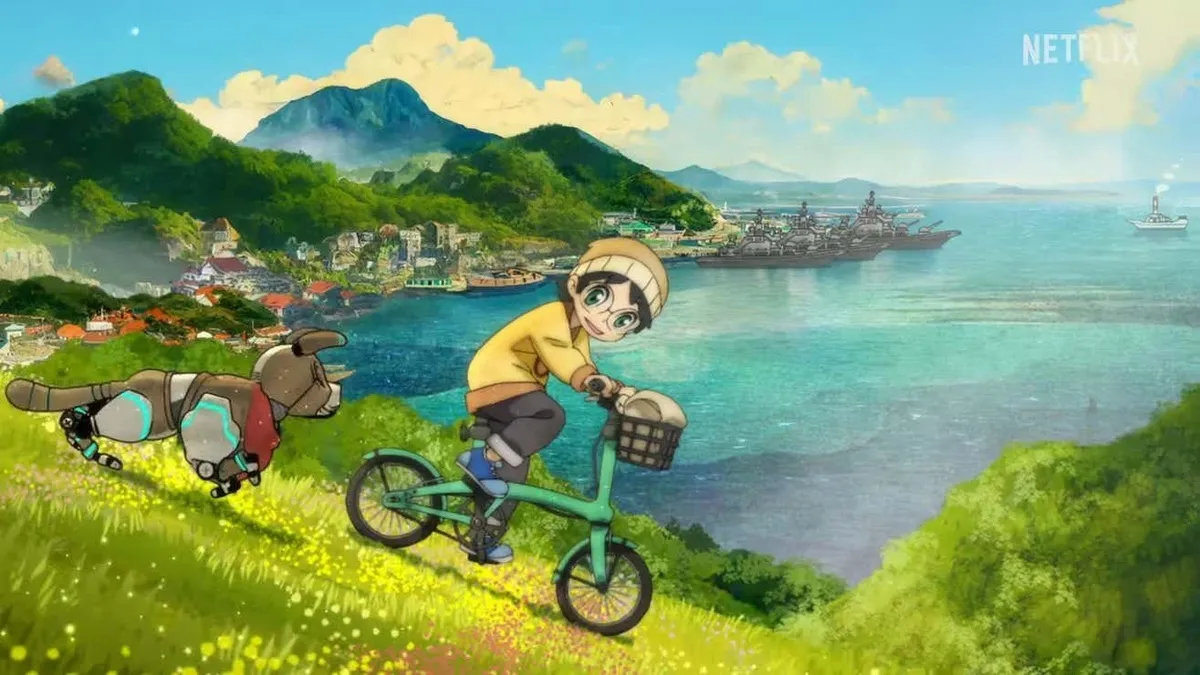
According to Bloomberg, Japan’s manga industry is worth a staggering $14 billion, with iconic characters like Dragon Ball and Pokémon generating enormous commercial value. However, the rise of artificial intelligence (AI) tools is putting manga, anime, and other high-value creative industries at risk. AI technology enables anyone to easily replicate the art that artists have spent years crafting, diminishing the value of original works.
The battle for the future of art in the AI era is being fought globally, and Japan must update its laws to protect the works and the creators who have played a vital role in spreading its culture.
Japan’s legal framework, however, appears to be lagging in providing protection for these artists. The last update to Japan’s intellectual property laws was in 2018, but these laws remain vague. They are often interpreted as allowing copyrighted materials to be widely used for AI development without the need for permission from the original creators. Industry analysts suggest that this open approach is designed to attract technology companies.
In response to these challenges, a subcommittee of Japan’s Agency for Cultural Affairs announced that it would examine issues related to AI copyright. Earlier this year, the subcommittee released a draft interpretation of current copyright laws, emphasizing empathy for the creators’ struggles. However, this document lacks legal binding.
At the same time, the government is offering free legal advice to artists and engaging with creators to better understand their specific challenges. Yet, according to Bloomberg’s Asia tech commentator, Catherine Thorbecke, Japan’s government has been slow to react, while tech companies are “devouring” content from the internet to train their AI models.
Double attack
Japanese creators are under double pressure. Many feel that their work is being exploited to create the very tools that now threaten their livelihoods.
A survey conducted by the Japan Creators Association last year revealed that 92% of illustrators are concerned that their work has been copied for AI development without permission. Around 60% of respondents also worry about a decrease in job opportunities.
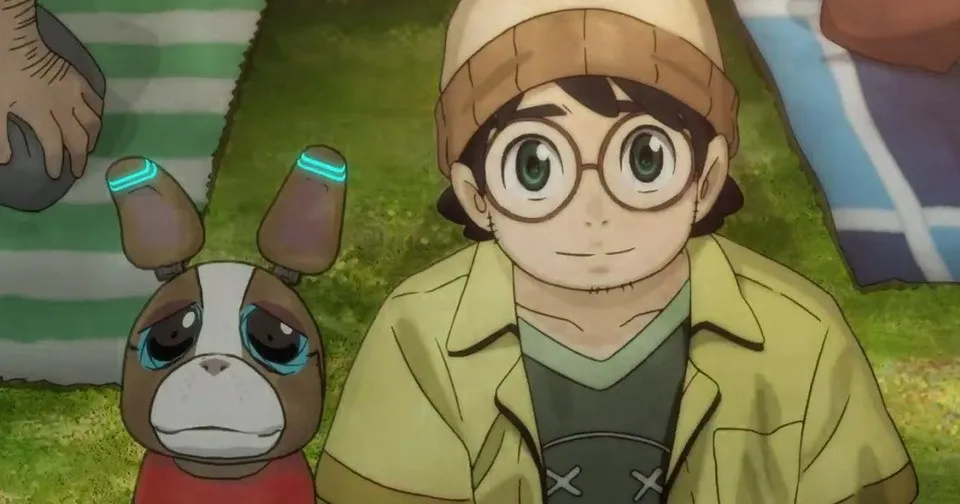
Moreover, some of Japan’s most beloved manga and anime characters seem to have been used by AI without consent. Social media is flooded with AI-generated versions of these characters, like Hello Kitty wielding a machine gun or a muscular Pikachu.
The copying extends beyond static works. Earlier this year, OpenAI unveiled Sora, an AI tool for creating videos. Filmmaker Tyler Perry announced he had halted plans to expand his $800 million studio in Atlanta after witnessing Sora’s “shocking” capabilities.
Meanwhile, OpenAI has not disclosed detailed information about the data it used to develop Sora. In an interview earlier this year, Sora’s Chief Technology Officer Mira Murati sidestepped questions about whether the tool used YouTube videos, saying, “I’m not really sure about that.”
Murati’s evasive response highlights the alarming lack of transparency in AI development. Despite these concerns, OpenAI recently announced plans to open its first Asian office in Tokyo, and many speculate that Japan’s lenient AI regulations influenced this decision.
Imitation has no soul
Globally, AI and intellectual property rights issues are making their way to the courts. China is currently leading the charge in tightening legal regulations on AI. In a landmark case earlier this year, a Guangzhou court ruled that an AI service provider was liable for copyright infringement on output resembling Japan’s Ultraman sci-fi character.
Catherine Thorbecke argues that Japan, a powerhouse of cultural products, should adopt a more proactive approach by requiring AI companies to be transparent about the data they use. The next step could be to establish clear guidelines on how to compensate artists if their work is used by AI.
Allowing tech companies to profit from the unpaid labor of creators—who often do not earn high wages—could exacerbate income inequality and weaken the future of industries that rely on intellectual labor, Thorbecke warns.
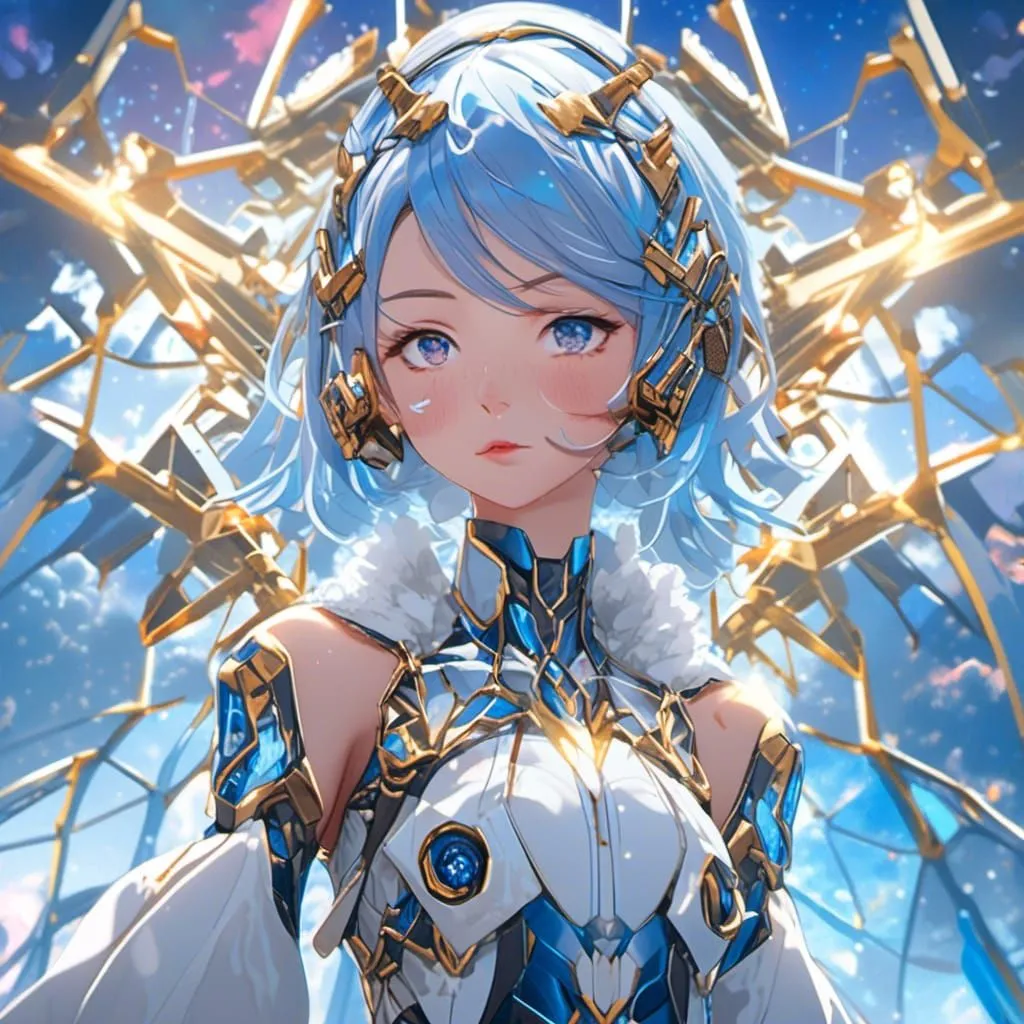
Beyond being created from stolen work, one of the biggest criticisms of AI-generated art is that it lacks soul and emotion. Oscar-winning filmmaker Hayao Miyazaki once expressed his “disgust” after viewing an AI-generated animation. “I truly feel that this is an insult to life itself,” he said in a 2016 NHK documentary.
As AI continues to advance, Japan faces a critical juncture. Will it protect its creative industries and the artists who have shaped its global cultural identity, or will it allow AI to strip the soul from its artistic legacy? The world is watching, and the stakes couldn’t be higher.

